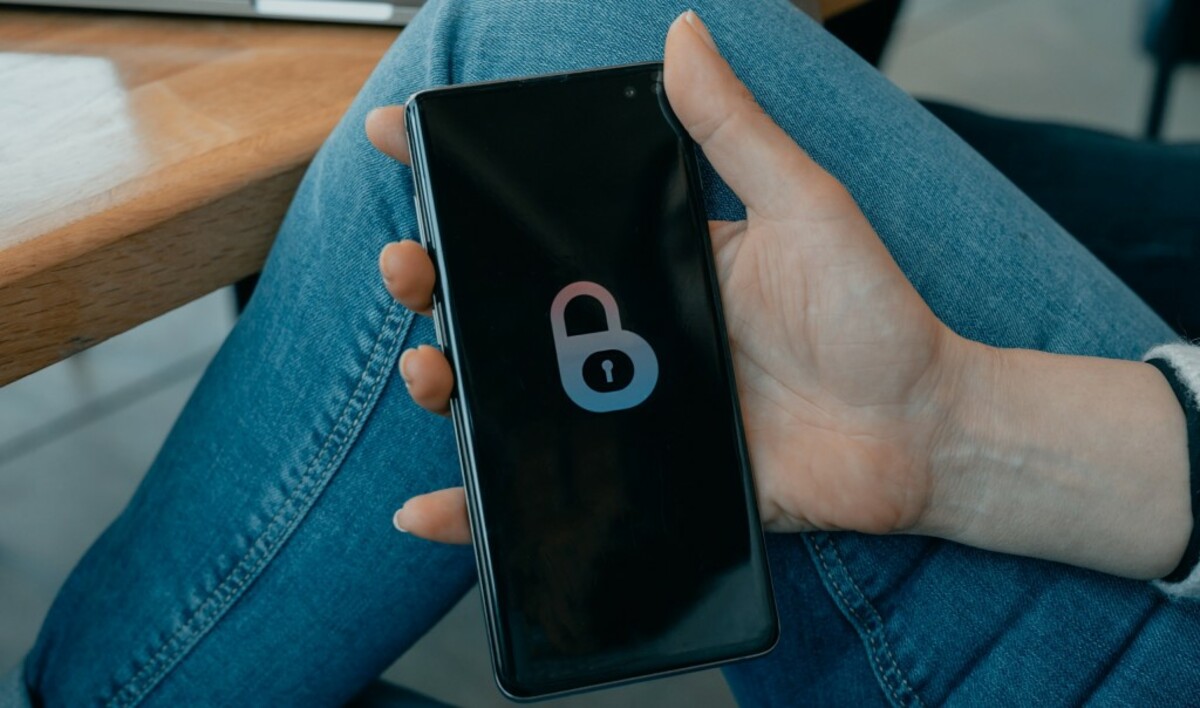A digital footprint is data about a particular person on the internet generated due to their online activity. It is the trail of crumbs you leave behind on the web without even realizing it. Every account, email, social media post, and location-based data creates a person’s digital footprint.
Why is this piece of information so important? It primarily is because corporates, employers, governments, and even malicious hackers can create a profile based on that data which can negatively impact your life. Getting information about your interests, hobbies, beliefs, and political alignments can effectively portray your true self to parties who engage in identity theft.
Today’s article teaches you how to reduce and manage your digital footprint to protect your information from falling into the wrong hands.
7 Tips for Managing Your Online Footprint
Nobody looks forward to unnecessary exposure. The following recommendations will reinforce your digital privacy.
Manage and Delete Unused Accounts
Social media and shopping accounts contain sensitive information about you, including your financial, medical, or personal details. If any of these accounts gets compromised, your info will be available to hackers and data brokers. Hence, you should start deleting accounts from websites you no longer reap benefits from or at least deactivate them.
Use Proxies
Invest in an encrypted proxy that makes all your transmitted data unreadable over the internet. A premium proxy connects faster to the internet, masks your identity, and makes you anonymous. This approach is essentially helpful when you connect to public Wi-Fi networks at cyber cafes and coffee shops, which attackers target to steal sensitive information such as passwords.
Moreover, choosing a top residential proxy provider will enable you to bypass geo-restrictions. As a result, you can access web content unavailable in your country. The best part is you won’t even have to worry about leaving a digital footprint behind.
Embrace Best OPSEC Practices
OPSEC, or operations security, provides methods and approaches to secure your digital footprints. Best practices involve creating 16 to 24-character passwords instead of easily crackable ones. This guide will guide you in creating strong passphrases. Additionally, you can use password managers like Bitwarden or KeePass to protect all your online accounts.
Don’t Overshare on Social Media – Think Before You Post
Social networking platforms are irresistible. These are places where you can share your thoughts and beliefs without any issues. Remember, you are leaving a massive digital footprint that can hold consequential information about you by sharing soft information. This puts you at risk of being discoverable through open-source intelligence (OSINT) tools, so be very careful regarding what you post.
You must not post anything you wouldn’t want your college or employer to see. As a rule of thumb, use pseudonyms to share your thoughts on sensitive topics and share a minimal amount of data for account creation, as some details can remain on web servers even when you remove a post.
Unsubscribe From Newsletters
Newsletters are very common these days. Whether you download a freebie or provide your email address to receive notifications regarding the latest discounts and coupons, newsletters can create multiple digital footprints leading to your identity.
To eliminate this issue, unsubscribe from the mailing lists you no longer need. This way, you can reduce the access of third parties. As a ripple effect, you’ll also unclutter your inboxes, which adds to your digital wellbeing.
Tweak Your Privacy Settings
Privacy settings can offer the tools and means to limit third-party access to your Google, Facebook, or Instagram accounts. Periodically, check your settings and make sure they are up to date. For example, you might want to protect your tweets on Twitter so that only your followers can view them.
Disable Tracking
Consider limiting location tracking by disabling your smartphone’s GPS. Only use it when you absolutely require it, like for online maps. Install tracker blocking software on your phone and desktop browser to evade invasive tracking code and prevent yourself from creating digital footprints.
Final Thoughts
Hackers mainly target inactive or unattended accounts and digital access points to collect data about you. When they succeed, they can sell your details on the internet for cold hard cash. With some effort and awareness, you can reduce your digital footprint to such a level that it becomes nearly impossible for miscreants to exploit you and your information.



